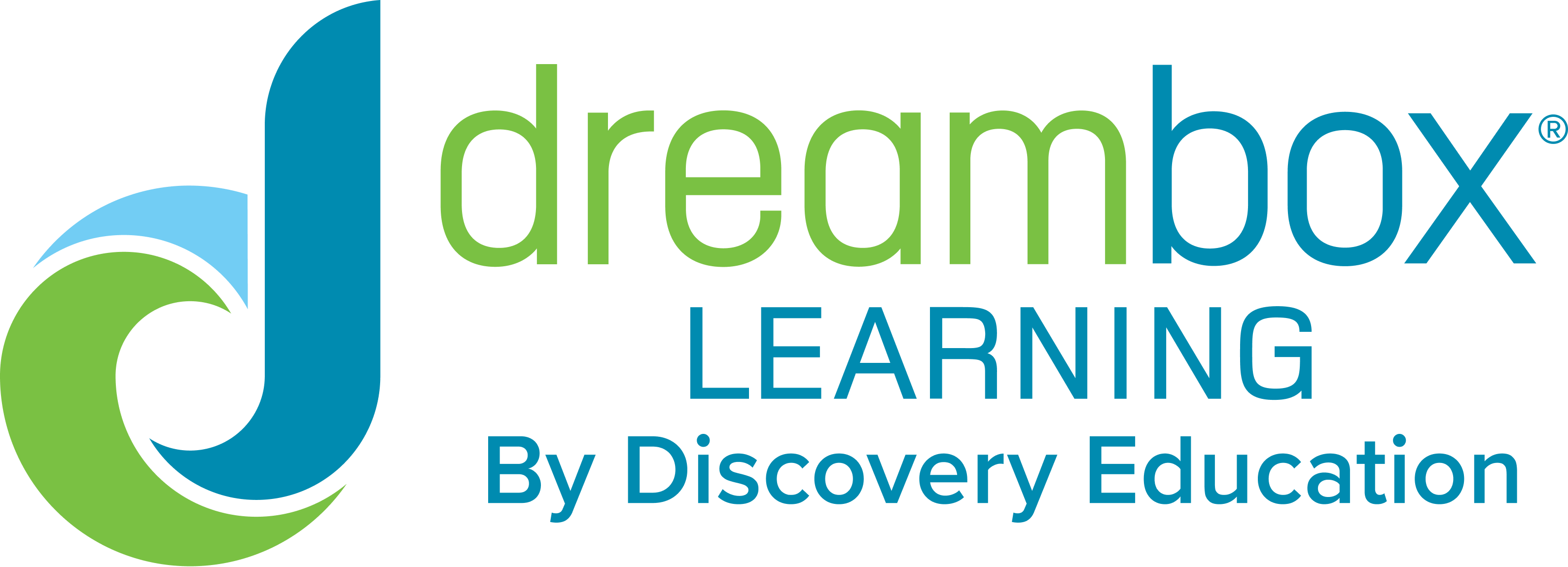Numerous academic studies have shown that high-quality teachers are critical for student, school, and district success. Recruiting, training, and retaining effective educators is perhaps the most impactful contribution school and district leaders can make toward long-term student growth and achievement. Unfortunately, schools and districts around the country are grappling with unprecedented teacher shortages and high rates of educator turnover. The National Education Association has recently reported that job openings are outpacing educator hires, with a minimum of 314,000 teaching positions currently unfilled or filled by noncertified teachers across the nation. This represents an astounding one out of ten teaching positions being vacant or without a certified teacher. While this crisis has impacted some districts more than others, this problem is affecting districts regardless of demographic, geographic, or socioeconomic profile.
During our recent webinar, Combatting Teacher Shortages: Strategies for Classroom Balance and Learning Success, a panel of school and district leaders shared best practices and strategies for preventing educator burnout and increasing teacher retention rates. Angie Reeves, Principal, Sedge Garden Elementary Sean Gaillard, Principal, Appalachian State University Academy at Middle Fork and Jenny Alyn Key, Curriculum and Instruction Director, Yadkin County Schools shared insights from their experiences nurturing supportive work and learning environments for educators.
Here are some key takeaways from this important and timely conversation:
1. Build a culture that honors teachers’ work and reinforces their critical role in student lives.
All of the panelists noted that, in order to address current teacher shortages and promote higher retention rates, it’s essential to create a transcendent culture where educators feel valued. Gaillard explained that this needs to go beyond superficial declarations or performative acts of teacher support. “It can’t just be confetti and jeans days” but, instead, we need to do “something in a real, intentional way because teachers choose us – choose our school to work at” when they could be choosing to practice their craft elsewhere or use their time differently.
Educators put in an incredible amount of time and energy every day because they care deeply about students. However, they often do not get positive feedback or realize the fruits of their labor. It’s important to create mechanisms for teachers to feel connected to their work and to see the impact they have on students. Key shared that she reinforces the value teachers contribute to student success by specifying a teacher’s decision or action and connecting it to a positive outcome for the students.
2. Involve teachers in decision-making.
During the webinar, the expert panel agreed that it’s important to include teachers’ voices in decision-making. Doing so honors the contributions of teachers and ensures that decisions consider their unique and insightful perspectives. Gaillard described his experience, “Any decision that we make is often best when we have many voices and many hands at the table building consensus.” He explained that his school has design teams rather than committees, because administrators want to ensure that, “everyone feels they have a hand in the designing, creating, and decision-making processes.” Key concurred and noted that, as a guiding principle, her district “[tries] to build voice and choice as often as we can, getting feedback from teachers.” They regularly ask teachers, “What do you need?” and then find ways to respond to those needs. This approach ensures that teachers feel included, especially because it will uplift those working with students each and every day.
3. Specifically, teachers should help inform any resource selection process.
Empowering teachers to share their experiences and insights to guide tool and resource selection communicates that administrators respect their experience. Reeves explained she firmly believes that teachers “need to be a part of any large budget decision that we make.” She continued, “I don’t like making decisions in a vacuum… Even though I try to see it from a teacher’s perspective, I don’t always get that right.” To build this inclusion into the decision-making process, she has created a budget team at her school with teachers from different grade levels and specialties so that they can effectively consider a wide diversity of teacher input in budget decisions.
Key strongly agreed with this approach. She shared that her district involves teachers in every step of resource evaluation and selection, and as a result, they have seen tremendous benefit. “What we have found is that their buy-in has been so much greater” than when they were left out of the selection process. Teachers are more likely to feel invested in program implementation when they are part of discussions about the program’s potential to drive student learning.
4. Free up capacity for new program implementation.
Gaillard described the overall challenging context of the current state of education. “School as we know it, education as we know it, has shifted dramatically. The needs of students have intensified, and the demands on teachers have also intensified.” Because of this, schools and districts persistently ask teachers to do more. Key added, “We must be mindful of capacity issues in what we are asking of our teachers. As we keep adding to teachers’ plates, we need to be evaluating what is having the biggest impact. And whatever those things are, we must provide the time so teachers can actually have time to process, learn, and grow together – avoiding that burnout before it gets here.”
The panelists agreed that technology can be an effective resource to support teachers, build capacity, and enrich what they do. But site and district leaders must be careful to identify high-quality tools that are easy to use and implement. Key cited that her district has found success using digital adaptive resources to provide student interventions or respond to the diversity of student needs within a classroom. She explained, “We have worked really hard to find products that support [intervention] needs” as well as small group instruction, in a way that seamlessly complements classroom instruction and educator expertise. In adopting these digital resources, her district explicitly communicated to teachers that these resources are meant to support their efforts, not replace them. “We were transparent and communicated clearly with our teachers. We want you to use the technology, but you are the expert, you are the magic.”
5. Create time for meaningful professional development and growth.
When teachers feel that their work is truly impacting students and that there is room for learning and professional growth, they’re more likely to stay. The panel described the importance of professional development for all teachers to ensure that they have the necessary tools and support to be effective and expand their expertise. Gaillard succinctly described that “professional development has to be part of any conversation” about teacher retention. The group discussed how important it is to fit this professional development into their school schedule in a way that works for teachers. In other words, professional learning cannot feel like something teachers have to squeeze in or displace other important planning time. They noted the value of setting aside professional development days regularly to create this space for learning and collaboration with other educators.
6. Elevate and encourage teacher leadership.
Finding ways to contribute to the broader community of educators can be a powerful spark to reignite enthusiasm and energy in the classroom and beyond. Gaillard pointed out that “Teacher leadership … is one of the keys to retention.” He called on teams to “really look at how you are distributing your leadership” and noted that “empowering your teacher leaders, tapping into the strengths-based leadership, and doing some things to make [teachers] feel empowered” can be beneficial in encouraging teachers to remain in the profession. He explained that not every teacher wants to become an administrator, but that there are other pathways for experienced teachers to lead including lead teacher roles, curriculum coaches, and grade-span leaders.
The panelists also discussed the value of creating smaller scale opportunities for teachers to share best practices with colleagues. Gaillard mentioned implementing instant PD opportunities where any teacher who wants to share an idea can do so during dedicated 15-minute slots. Key agreed, noting that “collective teacher efficacy has proven to be so beneficial. If we can use each other's strengths to build a better impact, what better way to grow professionally.”
7. Communicate – with words and actions – that you care about teachers as professionals and humans.
During the conversation, the educational leaders discussed strategies for caring for their teachers and creating a community based on respect to ensure educator wellbeing. Reeves described the goal simply, “Teachers have to know we care about them as people.” She went on to talk about the importance of balance and recognizing that teachers have full lives outside of school. As a principal, she guides teachers to set boundaries between their time at school and time at home. She tells her teachers, “Have a time where you shut off at night. Make sure you are spending time with your family, away from that phone, away from that email. It can wait until tomorrow morning. It can wait until Monday morning.” She tries to avoid sending them emails over the weekend, explaining that “I really want them to disconnect. If you’re on the go all the time, you are going to burn out quickly.”
Gaillard added, “Teachers have to see and feel that we believe in them … Just as we encourage our teachers to believe in the kids, we have to be visible and visceral in our belief in our teachers as well.” The panel went on to list additional ways to honor the work of teachers and to let them know that they are important, effective, and needed. They discussed leaving handwritten notes in teacher mailboxes, writing a quick affirmation on a teacher’s white board, making phone calls to teachers and their families acknowledging their hard work, and even mailing a picture and note to teachers’ families outlining the impact their work has on the lives of students.
Gaillard pointed out that these seemingly small gestures can have a major impact on how educators feel about their job and role in the school community. “I find that those kinds of small simple [acts] go a long way in building that culture of a sense of belonging for teachers.” This kind of culture of connection and respect sets the foundation for embedded practices that yield high rates of teacher retention and collective investment in long-term educator and student success.
You can watch a recorded version of this engaging webinar here.










